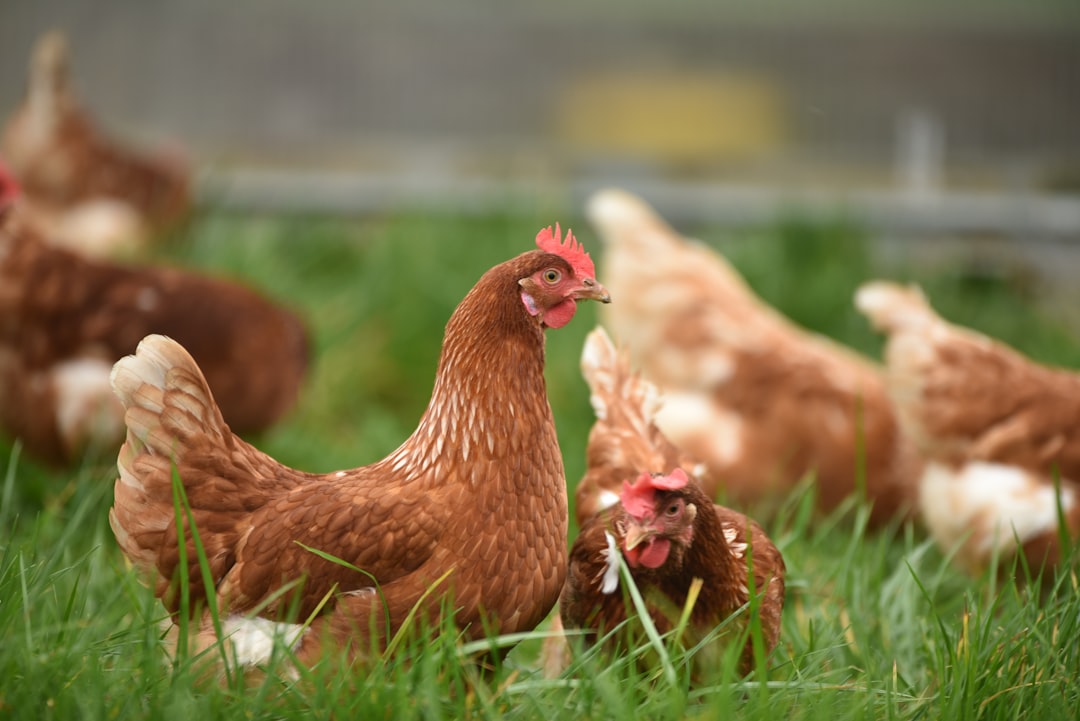Poultry diseases are a significant threat to the health and productivity of flocks worldwide. Understanding the clinical signs, transmission methods, and prevention strategies for common diseases is crucial for maintaining healthy and thriving poultry operations. Here’s a comprehensive guide to recognizing and managing prevalent poultry diseases globally.
1. Common Poultry Diseases
Newcastle Disease (ND)
-
Clinical Signs: Sneezing, coughing, greenish diarrhea, and sudden death with high mortality rates.
-
Transmission: Highly contagious, spread through direct contact with infected birds or contaminated materials.
-
Prevention: Vaccination programs and strict biosecurity measures are essential.
Infectious Coryza
-
Clinical Signs: Respiratory issues, decreased egg production, and potential mortality up to 20%.
-
Transmission: Spread through direct contact with infected birds or contaminated materials.
-
Prevention: Vaccination and maintaining good hygiene practices.
Infectious Laryngotracheitis (ILT)
-
Clinical Signs: Respiratory distress, coughing, and mortality.
-
Transmission: Highly contagious, spread through direct contact or airborne transmission.
-
Prevention: Vaccination and biosecurity protocols.
Pullorum-Typhoid Disease
-
Clinical Signs: Swelling in joints, white pasty excrement, and high mortality in young birds.
-
Transmission: Primarily through infected eggs or direct contact with infected birds.
-
Prevention: Testing breeding stock and maintaining strict biosecurity.
Avian Influenza
-
Clinical Signs: Variable, depending on the strain, but often includes respiratory issues and sudden death.
-
Transmission: Spread through direct contact with infected birds or contaminated materials.
-
Prevention: Vaccination, biosecurity, and surveillance.
2. Preventative Strategies
Biosecurity Measures
-
Access Control: Restrict entry to poultry houses and ensure all visitors follow biosecurity protocols.
-
Sanitation: Regularly clean and disinfect all equipment and facilities.
-
Quarantine: Isolate new birds before introducing them to the flock.
Vaccination Programs
-
Consult a Veterinarian: Develop a tailored vaccination schedule based on regional disease prevalence.
-
Proper Handling: Follow vaccine instructions carefully to ensure effectiveness.
Nutrition and Hydration
-
Balanced Diets: Ensure birds receive adequate nutrition to maintain immune strength.
-
Clean Water: Provide fresh, clean water at all times to prevent dehydration and disease.
Stress Reduction
-
Environmental Conditions: Maintain optimal temperature, humidity, and lighting conditions.
-
Space Allocation: Ensure sufficient space per bird to reduce stress and disease transmission.
Conclusion
Managing poultry diseases effectively requires a comprehensive approach that includes recognizing clinical signs, understanding transmission methods, and implementing robust preventative strategies. By focusing on biosecurity, vaccination, nutrition, and stress reduction, poultry farmers can protect their flocks from common diseases and maintain a healthy and productive operation. Whether you operate a small backyard flock or a large commercial farm, prioritizing disease prevention is essential for success in poultry farming.
Citations:
- https://edis.ifas.ufl.edu/publication/PS044
- https://www.livine.io/blogs/common-diseases-poultry-and-prevention-comprehensive-guide
- https://www.poultryindia.co.in/poultry-disease-prevention-and-management/
- https://www.thecommonwealth-ilibrary.org/index.php/comsec/catalog/download/377/377/3320?inline=1
- https://www.fao.org/poultry-production-products/production/animal-health/en/
- https://www.business.qld.gov.au/industries/farms-fishing-forestry/agriculture/animal/industries/poultry/health/prevent
- https://www.pacificvet.co.nz/wp-content/uploads/2019/01/Handbook-on-Poultry-Disease-2005_27.pdf
- https://www.fao.org/4/al729e/al729e00.pdf
- https://extension.colostate.edu/topic-areas/agriculture/sanitation-and-disease-prevention-for-poultry-2-512/
- https://www.inpoultry.com/module-3-national-poultry-improvement-plan-rules-and-forms

Comments
No comments yet. Be the first to comment!
You must be logged in to comment. Login